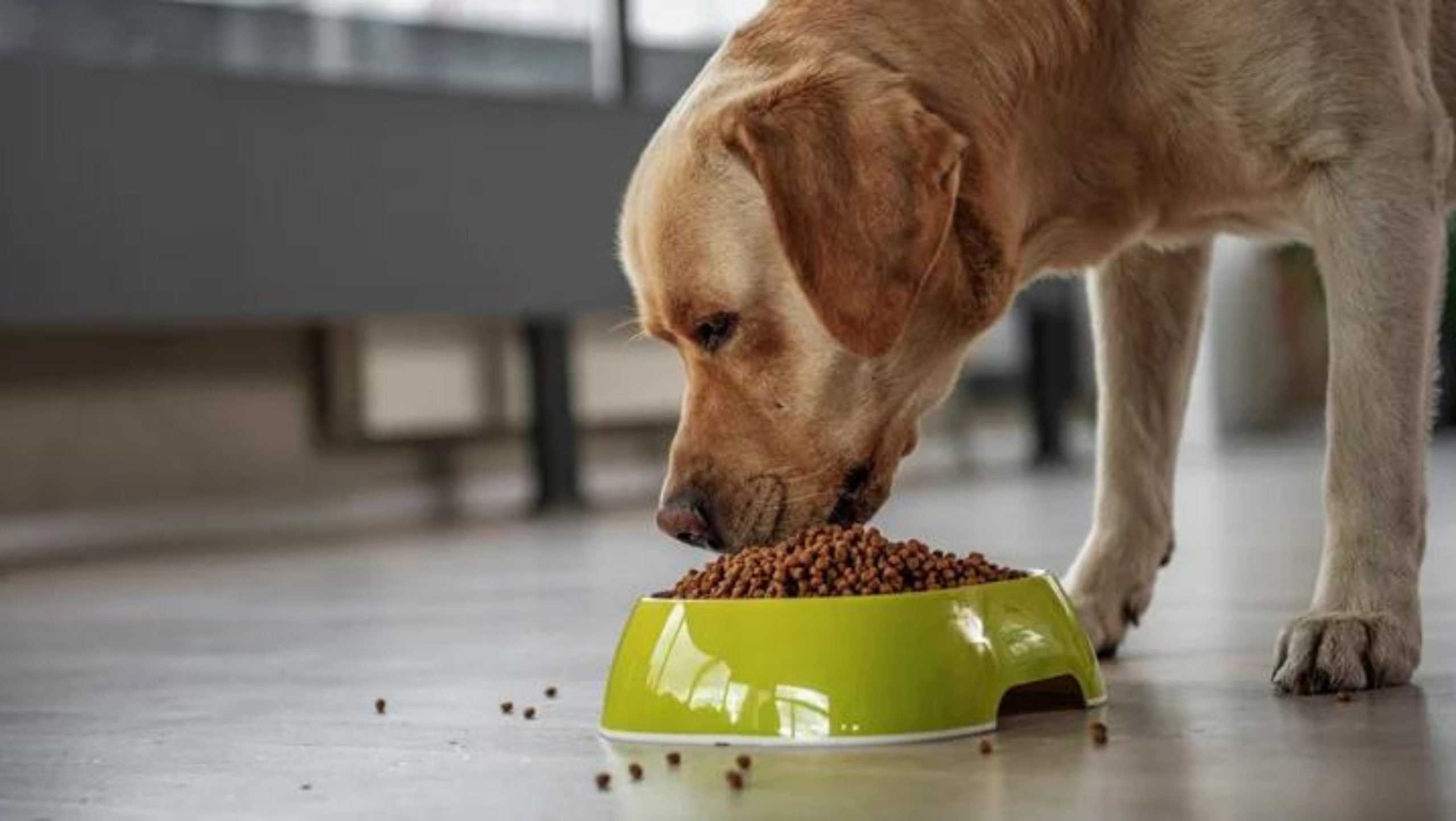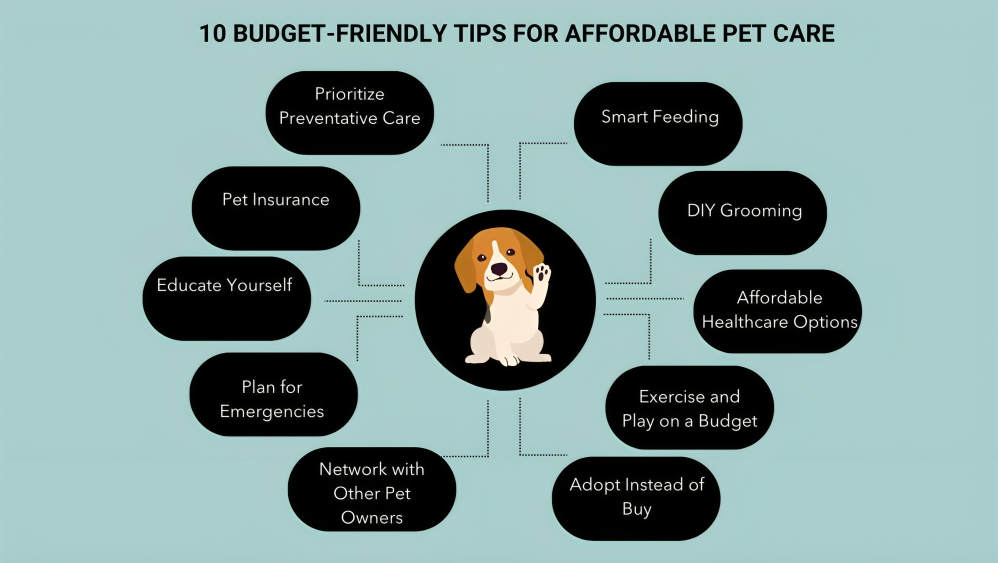Tips for Freezing Dog Food In 2024
Yes, you can freeze fresh pet dog food for future use. Freezing fresh pet dog food is a convenient option that allows you to store it for longer periods while preserving its nutritional value and freshness.
Feeding your beloved pet with fresh, wholesome food is undoubtedly important for their overall well-being. However, sometimes it can be challenging to prepare and serve fresh meals every day. That’s where freezing fresh pet dog food comes in handy. By freezing the food, you can ensure that your furry friend’s meals stay fresh and nutritious for an extended period.
We will explore the benefits of freezing fresh pet dog food, discuss the proper methods to do so, and highlight some essential considerations to keep in mind. So, whether you’re a pet owner looking for a convenient way to store their dog’s meals or simply curious about freezing fresh pet food, keep reading to find all the information you need.
READ MORE…..
Benefits of Freezing Dog Food
Freezing fresh pet dog food has numerous benefits, making it a popular choice among pet owners. One of the key advantages is the longer shelf life that freezing provides. By freezing dog food, it can be stored for an extended period without losing its nutrient value. This allows pet owners to buy in bulk and save time on frequent shopping trips.
The convenience factor is another perk of freezing dog food. With frozen pet food, owners can easily portion out meals, making feeding time a breeze. Additionally, frozen dog food eliminates the need for preservatives or additives since the freezing process helps maintain freshness and nutritional value.
Another benefit is the cost savings that come with freezing dog food. By buying bulk or utilizing leftovers, pet owners can reduce food waste and save money in the long run. Plus, freezing dog food allows them to take advantage of sales and discounts.
In conclusion, freezing fresh pet dog food offers various benefits such as longer shelf life, convenience, and cost savings. It is an effective way to ensure that your furry friend receives a nutritious meal while maximizing your time and budget.
Proper Freezing Techniques
To maintain the freshness and quality of fresh pet dog food, proper freezing techniques are crucial. Here are some important factors to consider:
Selecting The Right Containers
- Airtight: Choose containers that are airtight to prevent freezer burn and maintain flavor.
- Packaging: Opt for freezer-safe bags or containers made of plastic or glass.
- Size: Use containers that suit your dog’s portion size to minimize waste.
Portioning The Food
Divide the fresh pet dog food into individual servings before freezing. This makes it easier to thaw and avoids the need to defrost the entire batch at once.
Labeling and Dating
Label each container with the type of food, date of freezing, and any other relevant information. This ensures that you can easily identify and use the oldest food first.
Freezing Method
Place the containers in the freezer and make sure they are arranged in a way that allows for efficient air circulation. Avoid over packing the freezer to maintain proper air flow and temperature.
By following these proper freezing techniques, you can keep your fresh pet dog food safe, nutritious, and enjoyable for your furry friend.
Understanding Nutritional Preservation
When freezing fresh pet dog food, maintaining nutrient integrity is crucial. Proper preservation techniques can help ensure that essential nutrients remain intact. Minimizing oxidation and avoiding bacterial growth are two key considerations in this process.
Maintaining Nutrient Integrity
Oxidation can negatively impact the nutritional value of frozen pet food. To minimize oxidation, it is important to store the food in airtight containers or freezer bags. This prevents exposure to air and helps preserve vitamins and minerals.
Bacterial growth can lead to food spoilage and pose health risks for pets. To avoid bacteria contamination, it is essential to handle the food hygienically. Using clean utensils and storing the food at proper temperatures can help prevent bacterial growth.
By following these guidelines, pet owners can freeze fresh dog food effectively while maintaining its nutritional value.
Potential Risks and Precautions
When freezing fresh pet dog food, it is important to be aware of potential risks and take necessary precautions. Contamination and foodborne illnesses are major concerns that pet owners should address. Proper handling and storage are essential to minimize these risks.
Freezing can affect the sensitivity of ingredients in pet dog food, potentially altering their nutritional value and texture. This is particularly important for ingredients like vegetables and meats, which may not freeze well. Consulting your veterinarian or a pet nutritionist can help you determine which ingredients are suitable for freezing.
Specific breed considerations should also be taken into account when freezing pet dog food. Certain breeds may have unique dietary requirements that could be affected by freezing. Consult with your veterinarian to ensure that freezing fresh pet dog food is safe and appropriate for your specific breed.
Overall, freezing fresh pet dog food can be a convenient option, but it is crucial to understand the potential risks and take necessary precautions to protect the health of your pet.
Thawing and Serving Frozen Dog Food
Frozen dog food can be a convenient option, but can you freeze fresh pet dog food? Thawing and serving frozen dog food is a safe and simple process that can help preserve the freshness and nutrients of the food.
Thawing and Serving Frozen Dog Food
Safe Thawing Methods
Freezing fresh pet dog food can be a convenient way to ensure your furry friend always has a nutritious meal ready. When it’s time to serve, proper thawing methods are essential for maintaining safety and quality. Start by transferring the frozen dog food from the freezer to the refrigerator. Allow it to thaw slowly overnight or for several hours until completely defrosted. This gradual thawing process helps prevent bacterial growth and preserves the food’s nutrients. Refrain from using hot water, microwaving, or leaving it at room temperature for extended periods, as these methods may compromise the food’s integrity.
Ideal Serving Temperatures
Once thawed, it’s important to serve the dog food at an appropriate temperature. Aim for a lukewarm or slightly chilled serving that is comfortable for your pet to consume. Avoid serving it too cold, as this can potentially lead to gastrointestinal discomfort. Checking the food’s temperature before serving is always recommended to ensure it’s suitable for your dog.
Transitioning to a Frozen Diet
If you’re considering transitioning your dog to a frozen diet, it’s important to make the change gradually. Start by mixing a small amount of frozen food with your dog’s regular food and gradually increase the ratio over several days. This gradual transition helps your dog adjust to the new diet and minimize potential digestive issues. Remember to consult with your veterinarian before making any significant changes to your pet’s diet.
Additional Tips and Recommendations
Rotating between frozen and fresh meals can provide your pet with a balanced diet. Freezing homemade dog food recipes is a great way to keep them fresh for longer periods. It also allows you to make bulk batches to save time and effort. When freezing dog food, remember to use airtight containers or freezer bags to prevent freezer burn and maintain the food’s freshness. Label each container with the date of preparation to ensure you use them within a reasonable timeframe. Monitor the quality of the frozen dog food by checking for any signs of spoilage or freezer burn. If you notice any discoloration, foul odor, or changes in texture, it’s best to discard the food and make a fresh batch.
In addition, it’s essential to introduce the frozen meals gradually into your pet’s diet, especially if they have a sensitive stomach. Start by mixing a small portion of frozen food with their regular meals and gradually increase the amount over time. This will help your pet adjust to the new food and avoid any digestive discomfort.
Frequently Asked Questions
Can I Freeze Refrigerated Dog Food?
Yes, you can freeze refrigerated dog food to extend its shelf life. Freezing helps preserve the nutrients and freshness. However, make sure to use airtight containers or freezer bags to prevent freezer burn. Thaw the food in the refrigerator before serving it to your dog.
How Long Can You Keep Fresh Dog Food?
Fresh dog food can be kept in the refrigerator for up to 3-5 days. Store it in a sealed container to maintain freshness. Remember to follow proper food safety guidelines and discard any food that shows signs of spoilage.
Should I Warm Up My Dogs Fresh Pet Food?
Yes, it is recommended to warm up your dog’s fresh pet food. Warming it helps enhance the aroma and makes it more appealing to your pet, increasing their appetite. It also makes it easier for dogs with dental issues to chew and digest the food.
How Long Does fresh pet Dog Food Last Unopened?
fresh pet dog food can last unopened for about one year.
Final Thought
Freezing fresh pet dog food can be a convenient and economical option for pet owners. It helps prolong the shelf life of the food while retaining its nutritional value. By following proper storage guidelines, you can ensure that your dog’s food remains safe and palatable. Always consult with your veterinarian to determine the best practices for freezing and feeding your pet frozen food. Keep in mind to store the food in proper portions and thaw it adequately before serving. With a little preparation, freezing fresh pet dog food can be a beneficial and cost-effective choice for both you and your furry friend.




